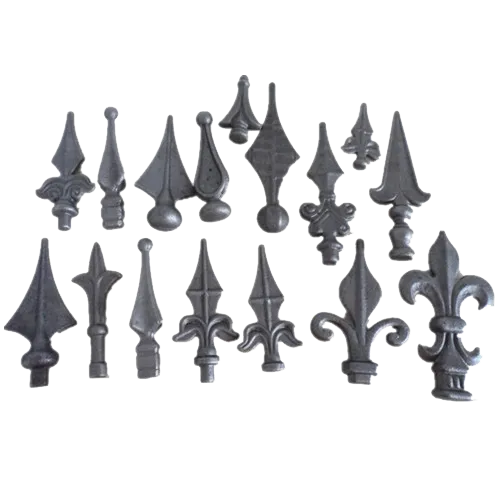Mobile:+86-311-808-126-83
Email:info@ydcastings.com
Understanding the Functionality and Design of Trash Pump Impellers in Fluid Handling Applications
The Importance of Trash Pump Impellers in Effective Fluid Management
In various industrial and construction applications, managing debris-laden water is a crucial task. When it comes to efficiently handling such demanding processes, trash pumps emerge as indispensable tools. A vital component of these pumps is the trash pump impeller, which plays a significant role in ensuring optimal performance and longevity of the equipment.
Understanding Trash Pumps
Trash pumps are specifically designed to handle fluids mixed with solids, such as mud, leaves, and other types of debris. These pumps are commonly employed in construction sites, flooding scenarios, and various maintenance tasks where the movement of polluted or contaminated water is necessary. Unlike standard pumps, trash pumps are equipped to manage larger particles without clogging, thanks to their robust design.
The Role of the Impeller
The impeller in a trash pump is a rotating component that transfers energy from the motor to the fluid, creating a flow that facilitates the movement of water and solids. Generally made from tough materials such as cast iron or durable plastic, the impeller is designed to withstand the harsh conditions associated with debris-laden water.
One of the key characteristics that define the effectiveness of an impeller is its design. Trash pump impellers typically feature larger vanes and a non-clogging structure that allows for the passage of larger particles. This design minimizes the chances of blockage, ensuring the pump operates smoothly even in challenging conditions.
Types of Impellers
trash pump impeller

There are primarily two types of impellers used in trash pumps semi-open and closed impellers.
1. Semi-Open Impellers These have a single side that is open, allowing for larger debris passage. They are beneficial in operations where the solids present in the fluid can be larger and more variable in size. The semi-open design, however, may lead to more turbulence, affecting efficiency slightly.
2. Closed Impellers This type has both sides enclosed, providing better sealing and efficiency. Closed impellers can be more effective in pumping clean water but may struggle when faced with substantial debris. Therefore, the choice between the two depends on the specific application and types of materials being pumped.
Efficiency and Maintenance
The performance of a trash pump, including its impeller, hinges on regular maintenance and monitoring. Over time, wear and tear can impact the impeller's function, leading to reduced efficiency. It is essential to periodically inspect the impeller for signs of damage or erosion, particularly after heavy usage or exposure to abrasive materials.
Replacing worn or damaged impellers with high-quality, compatible parts can significantly enhance the lifespan of the trash pump. Investing in premium trash pump impellers can also lead to better operational efficiency and lower energy costs, presenting long-term benefits for businesses.
Conclusion
In summary, the trash pump impeller is a critical component in the effective management of debris-laden fluids. Its design and functionality significantly impact the overall performance of the pump. Whether facing construction site challenges or managing floodwater, understanding the importance of the trash pump impeller allows users to select the right equipment and ensure it operates efficiently and reliably. By prioritizing maintenance and making informed choices, operators can guarantee enhanced performance and longevity from their trash pumps, ultimately contributing to more effective fluid management solutions.
-
Automobile Water Pumps in Vehicle PerformanceNewsMay.21,2025
-
Valve Box Cover Cast Iron: The Backbone of Fluid Control SystemsNewsMay.21,2025
-
Pump Impeller in Fluid DynamicsNewsMay.21,2025
-
Baffled Oil Pans in Racing Cars: How They Improve PerformanceNewsMay.21,2025
-
Compressor Housing Turbo in Pump EngineeringNewsMay.21,2025
-
Why Oil Pan Thickness Matters for Engine SafetyNewsMay.21,2025











